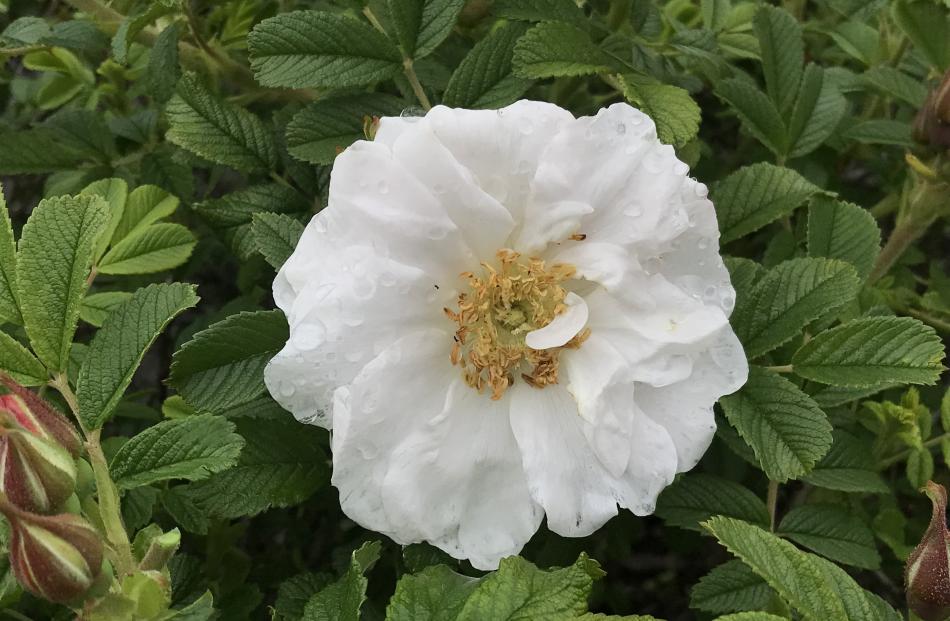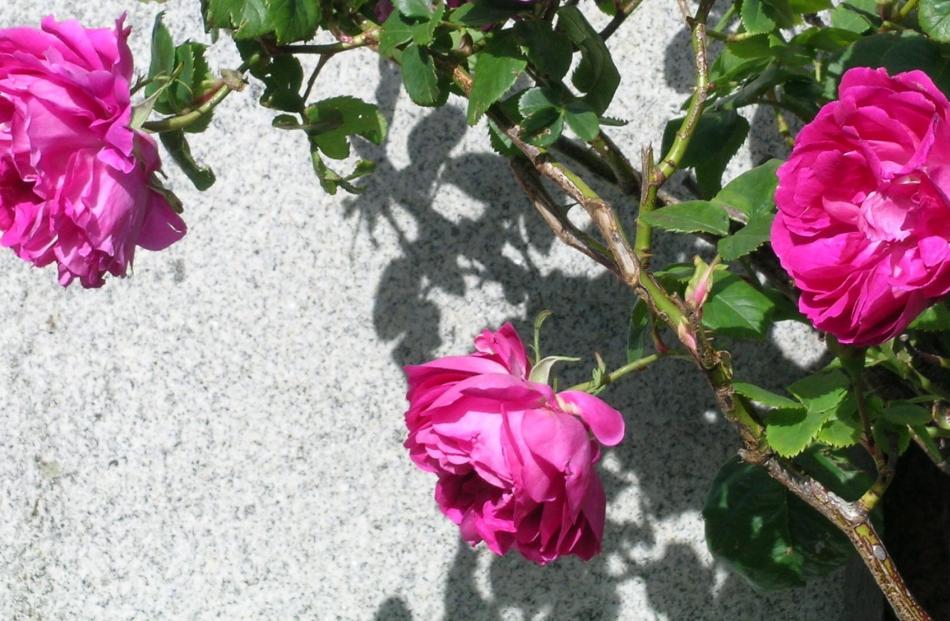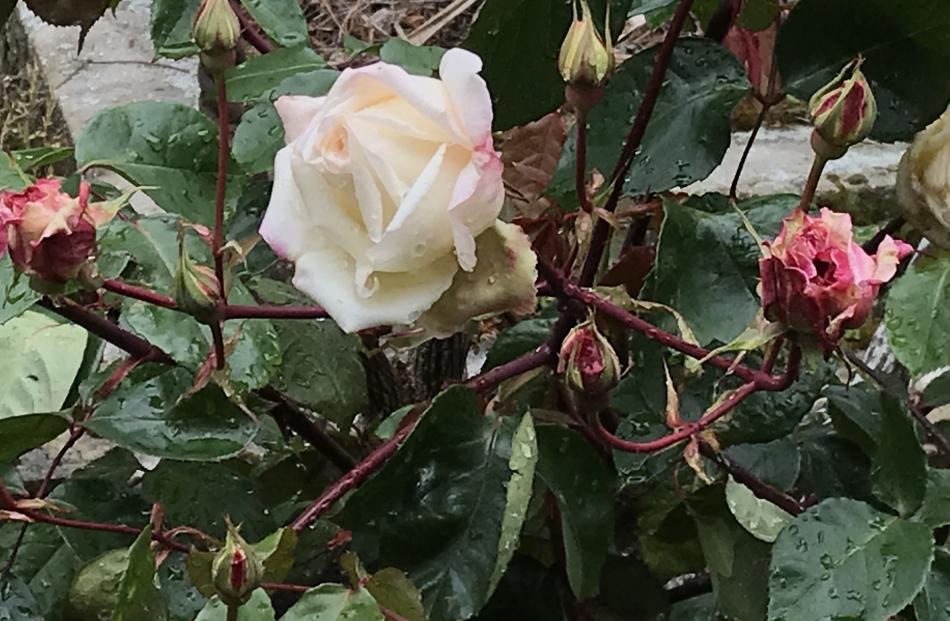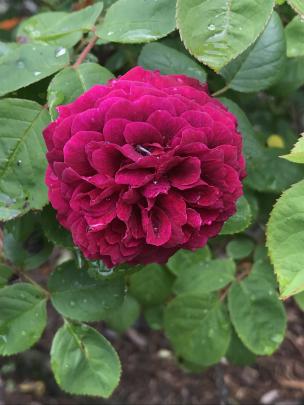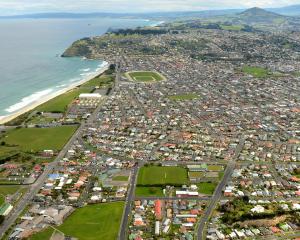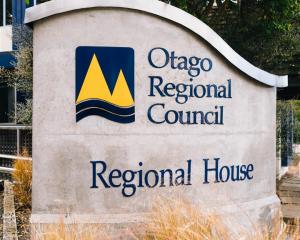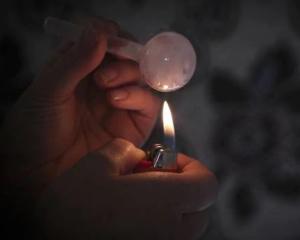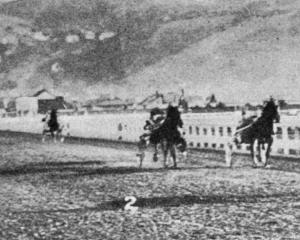Everything’s coming up roses at Dunedin’s Northern Cemetery, says Gillian Vine.
A recent visitor to Dunedin was Western Australian garden writer Deryn Thorpe. She gave an entertaining talk to Heritage Roses Otago (HRO) members on the sometimes scandalous people after whom some old roses were named.
Ms Thorpe also visited the Northern Cemetery to look at roses rescued, planted and cared for by members of HRO.
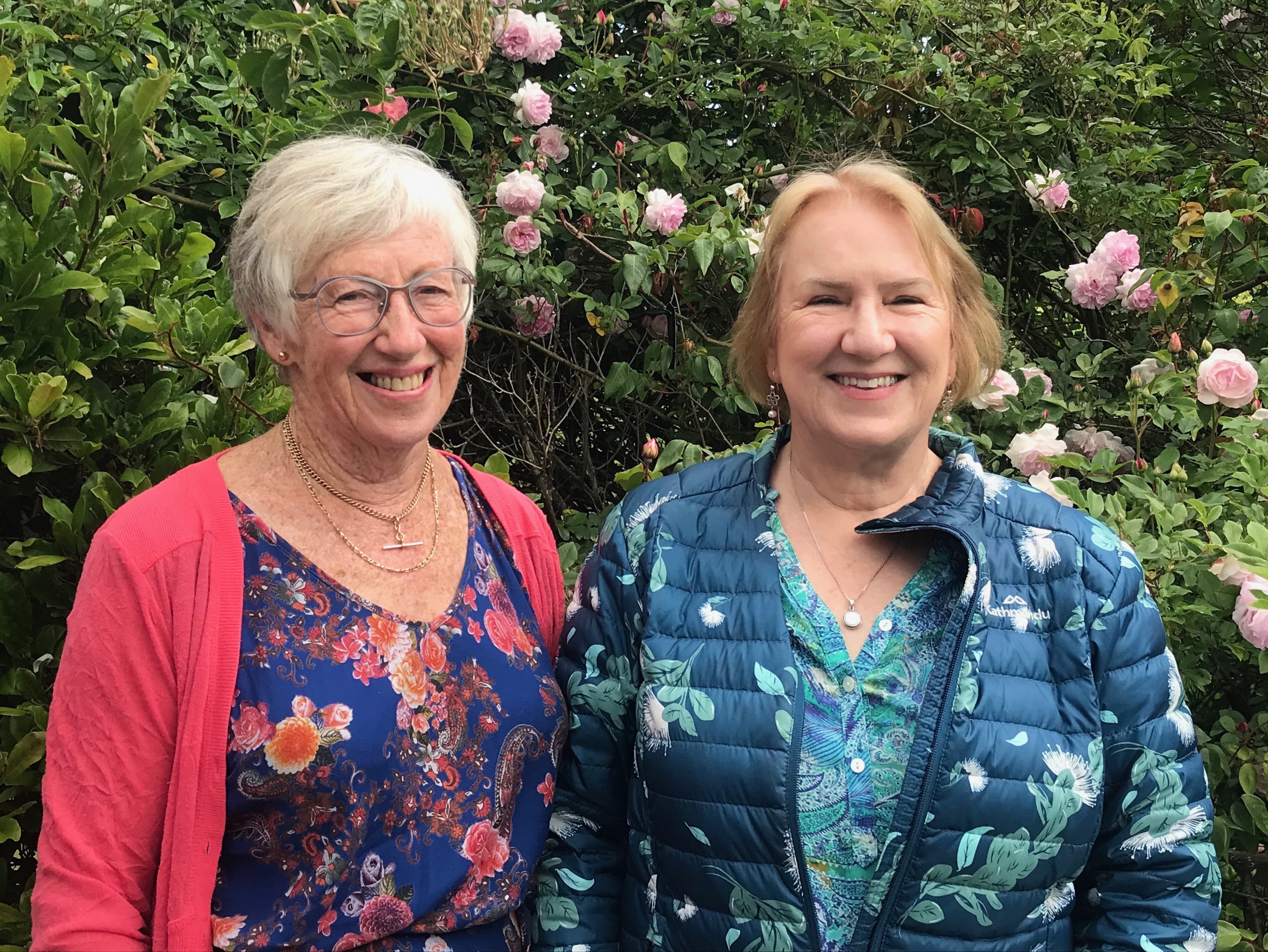
HRO convener Fran Rawling said the Northern Cemetery was always intended to be a garden cemetery.
In Dunedin, families owned the plots and planted them according to their taste. Yews (symbolising death and resurrection) and holly (peace and goodwill) were popular and as roses became more popular, they were widely used. White roses (purity and innocence) often were planted on the graves of babies and children, while maroon (loyalty and commitment) were for older men.
The cemetery has almost 100 memorial roses dating back to the late 1870s. They include an unknown deep pink Bourbon rose on the grave of Dunedin publican James Daly (1827-88), white ‘Blanc Double de Coubert’ for the stillborn twins of premier Sir Robert Stout and his wife Anna, and deep purple ‘William Lobb’ for Richard Mitchell (1844-82).
A heritage rose trail leaflet is available at the Sexton’s Cottage, just inside the cemetery’s Lovelock Ave gate.
Ms Rawling said it was hoped a rose information room would be open soon at the cottage.
There is a full record of who is buried in the Northern Cemetery and also of the 1500 roses planted there.
"A lot of them are species," she said.
"The national collection of Scots roses is here, too.
"Since 2001, people have asked to have roses added [to family graves] and we are usually asked to select a rose appropriate to the age of the plot," she said.
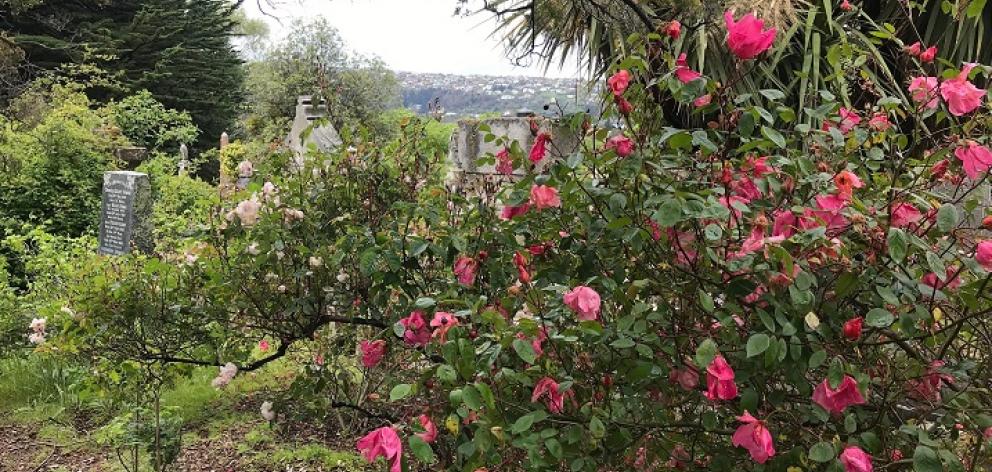
Since 2000, HRO members have met monthly to prune bushes and weed around them. With an average of 10 people at working bees, doing at least four hours each, that adds up to more than 11,000 hours of voluntary labour over the years, a massive effort by a group that receives no public funding.
Another project has been growing "mother" plants, old roses that have been rescued and which are used to propagate more.
"We have just planted 25 that have been rescued and propagated, a three-year process and something we are still working on," Ms Rawling said.
HRO strongly supports the New Zealand Heritage Rose register, a national project started in 2011 and which has two goals: to register every rose grown in New Zealand from 1814 to 1945 and to identify and propagate roses not now available in nurseries.
The roses, blooming a little earlier this year, were looking good now and some would keep flowering over the summer before hips glowed red, orange and black in autumn.
"This is now a lovely place to come and visit," she said.

